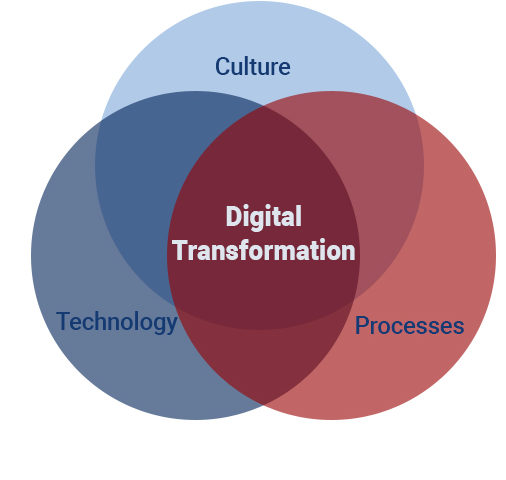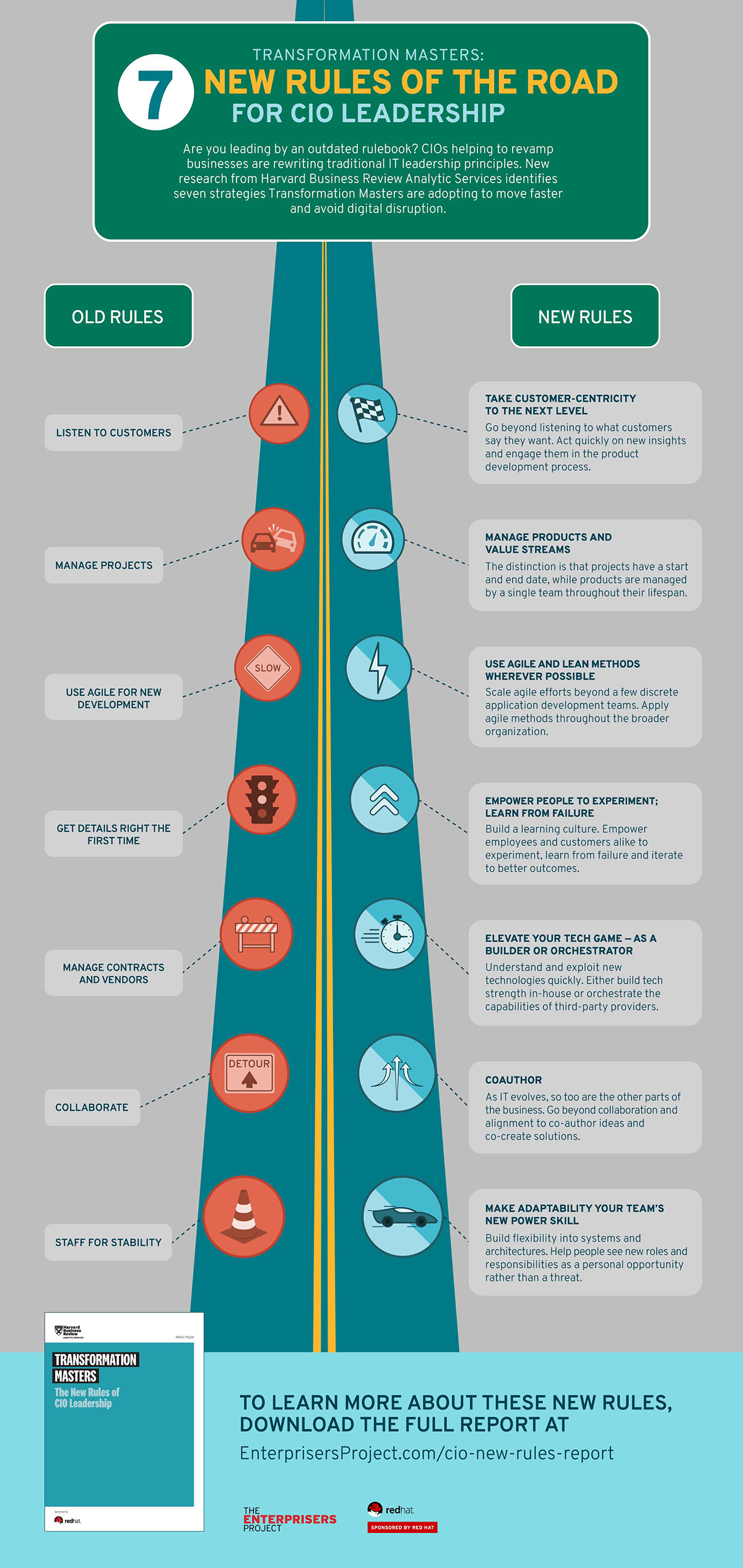Digital Transformation for 3PL Warehouses

The term Digital Transformation has been around for several years. But only in the last couple of years has digital transformation become less of a buzz word and more of a game-changer. What is digital transformation? And how does digital transformation for 3PL warehouses apply?
How did the idea of Digital Transformation get started?
The concept started over 30 years ago with organizations “computerizing” processes. Then as computing power increased and costs dropped, companies began connecting their internal systems and trading partners to leverage data on their own activities. Once the internet and computer networking technologies exploded, full digital platforms emerged, opening new ways to serve customers.
However, digital transformation is more than just doing things in the digital world. Generally, it is the integration of digital technology into all areas of a business, in a way that delivers greater value to customers. Additionally, it is a cultural change that forces organizations to challenge the status quo, experiment, learn and grow. This increased speed of accessing information forces new ways of doing business.
The definition from The Agile Elephant emphasizes all the ways businesses may need to adjust their existing practices: “Digital transformation involves a change in leadership, different thinking, the encouragement of innovation and new business models, incorporating digitization of assets and an increased use of technology to improve the experience of your organization’s employees, customers, suppliers, partners, and stakeholders.”
Central to digital transformation is leadership and culture change. And two themes of digital transformation are speed and collaboration.
Improving the customer experience is the ultimate goal – using digitation, experimentation, and improved communication to create a high-value, seamless customer experience.
What does Digital Transformation mean?
Although digital transformation will vary based on an organization’s specific challenges and demands, there are a few constants that all technology leaders should consider as they embark on digital transformation:
- Customer experience
- Operational agility
- Culture and leadership
- Workforce enablement
- Digital technology integration
In a recent whitepaper, Transformation Masters, published by Harvard Business Review Analytic Services and based on interviews with top CIOs, researchers identified seven new rules that companies should be adopting. (see chart to right)
What does Digital Transformation mean for 3PL Warehouses?
First, company leaders should start adopting and finding ways to promote the core values of Customer-Centricity, Speed, and Collaboration within the organization. The bar has been raised by Amazon and others. The company’s success (and even survival) requires new ways of doing things.
Here are a few ideas for getting started on Digital Transformation within a 3PL Warehouse:
- Implement a new cloud-based warehouse management system. Moving to a cloud-based system will increase operational efficiencies, reduce errors, and add better reporting and more transparency to the business.
- Work with your clients and warehouse management system provider on integration projects like EDI.
- Use ongoing feedback surveys with clients to measure performance. Companies like Qualtrics can help.
- Implement or refine Key Performance Indicators (KPIs) that add real value to the client. Find areas where digital data leads to better decisions.
- Encourage employees to experiment with data and technology. Encourage risk-taking.
- Implement Slack or other collaboration tools to break down silos and improve communication.
Here are links to help you get started with Digital Transformation:
MIT Sloan: The Nine Elements of Digital Transformation
Cognizant: A Framework for Digital Business Transformation
Altimeter: Six Stages of Digital Transformation
Iconology: A Step-By-Step Guide to Digital Transformation
Are you doing anything in the area of Digital Transformation? We’d love to hear from you.

